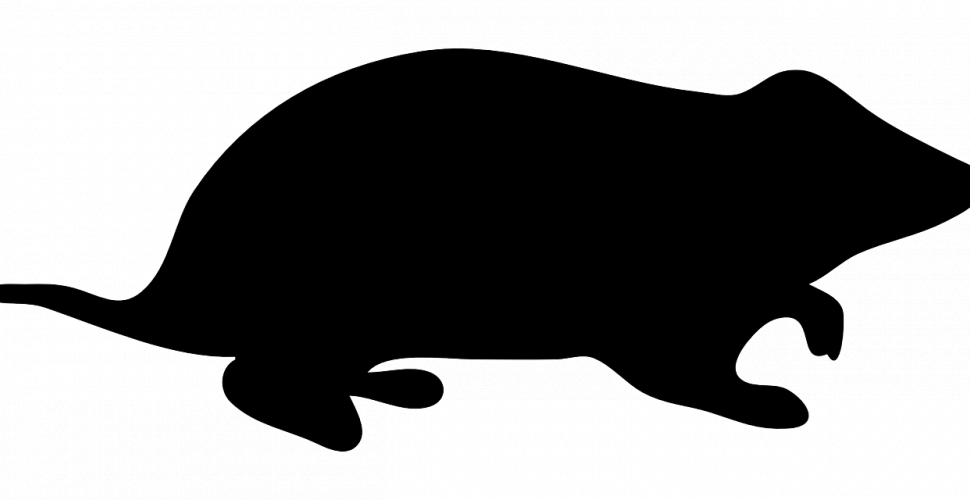Hamster Mature: A Comprehensive Guide to Senior Hamsters

Introduction:
Hamsters are adorable pets that bring joy and companionship to many households. As these small animals age, they enter a stage known as ”hamster mature,” which comes with its own set of characteristics and considerations. In this article, we will provide an in-depth overview of hamster maturity, discuss the different types of senior hamsters, explore popular breeds, delve into quantitative measurements of hamster maturity, explore the differences among various mature hamsters, and provide a historical overview of the pros and cons associated with different types of hamster maturity.
1. An In-Depth Overview of Hamster Mature:

Hamster maturity typically occurs around one to two years of age, depending on the breed. During this stage, hamsters undergo physical and behavioral changes, becoming less active and more inclined to rest. It is essential for owners to understand their hamsters’ changing needs and provide the appropriate care to ensure their well-being and comfort.
2. Presentation of Hamster Mature:
There are various types of hamster maturity, including Syrian hamsters, Roborovski hamsters, Campbell’s dwarfs, and Winter White hamsters. Each breed has distinct characteristics and requirements. Syrians, for example, are larger and more prone to obesity, while Roborovskis are smaller and have a longer lifespan.
Popularity of specific hamster breeds varies depending on factors such as availability, personal preferences, and suitability for different living situations. Syrian hamsters are often more common and favored due to their friendly nature and ease of handling.
3. Quantitative Measurements of Hamster Mature:
When discussing hamster maturity, it is crucial to examine quantitative measurements such as life expectancy, size, weight, and health concerns. For example, Syrian hamsters typically have a lifespan of two to three years, while Roborovskis can live up to four years. Syrian hamsters are larger, weighing around 100-200 grams, while Roborovskis are significantly smaller, weighing only 25-50 grams.
Health concerns associated with hamster maturity include dental issues, joint problems, and obesity. Regular veterinary check-ups and a balanced diet are essential for maintaining the health of mature hamsters.
4. Discussion of Differences Among Hamster Mature:
While all hamsters enter a stage of maturity, there are significant differences among the different breeds. Besides size and weight variations, behavioral characteristics also differ. Syrian hamsters tend to be more solitary and territorial, while Roborovskis are sociable and prefer living in pairs or small groups.
The level of care required for senior hamsters may also vary. For example, Syrians may need more attention to prevent obesity, while Roborovskis thrive in a more stimulating environment.
5. Historical Overview of Pros and Cons of Hamster Mature:
Over the years, advancements in hamster breeding and medical care have brought both advantages and disadvantages to the concept of hamster maturity. Selective breeding has led to the development of specific breeds with desired traits, such as different fur colors or coat lengths.
However, some disadvantages of breeding have resulted in health issues such as genetic predispositions or compromised immune systems. It is crucial for potential hamster owners to be aware of these factors and choose responsibly when adopting a mature hamster.
Conclusion:
As hamsters enter their mature stage, they undergo various changes that require adjustments in their care. Whether it is understanding the different types of mature hamsters, recognizing quantitative measurements, or acknowledging the differences among breeds, providing appropriate care is essential. By considering the historical context and weighing the pros and cons associated with hamster maturity, owners can ensure a comfortable and fulfilling life for their senior hamster companions.
(Note: The video clip can be inserted to showcase senior hamster care tips, interactions with mature hamsters, or any relevant content that complements the article’s theme.)
Inläggets avsnitt:
– Introduction
– 1. An In-Depth Overview of Hamster Mature
– 2. Presentation of Hamster Mature
– 3. Quantitative Measurements of Hamster Mature
– 4. Discussion of Differences Among Hamster Mature
– 5. Historical Overview of Pros and Cons of Hamster Mature
– Conclusion
















































